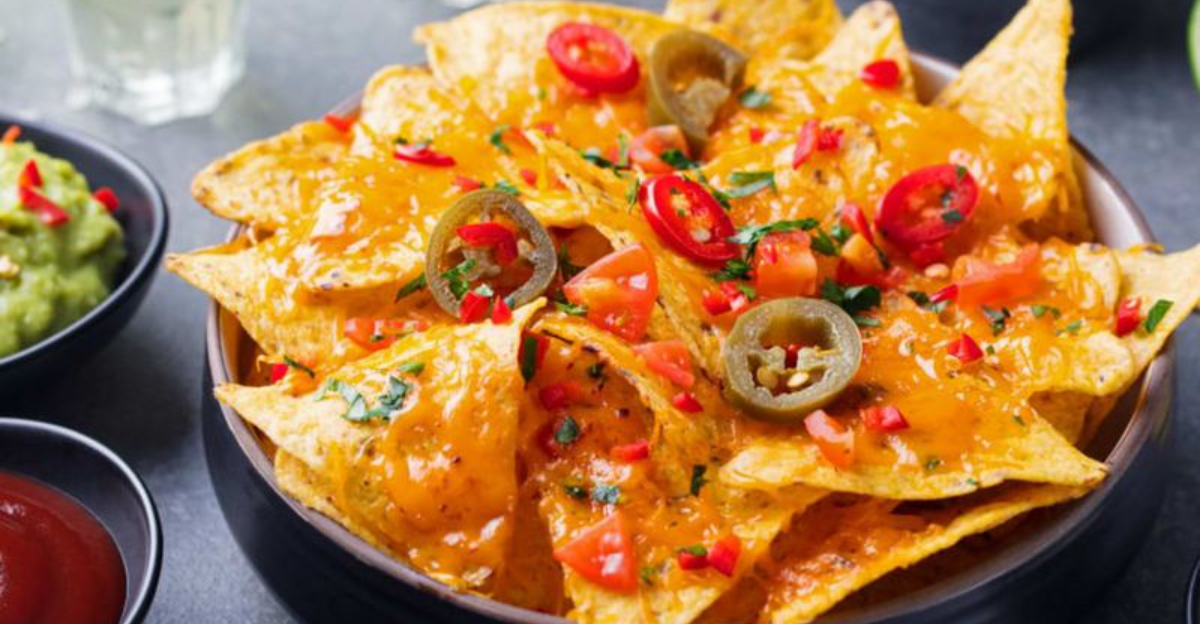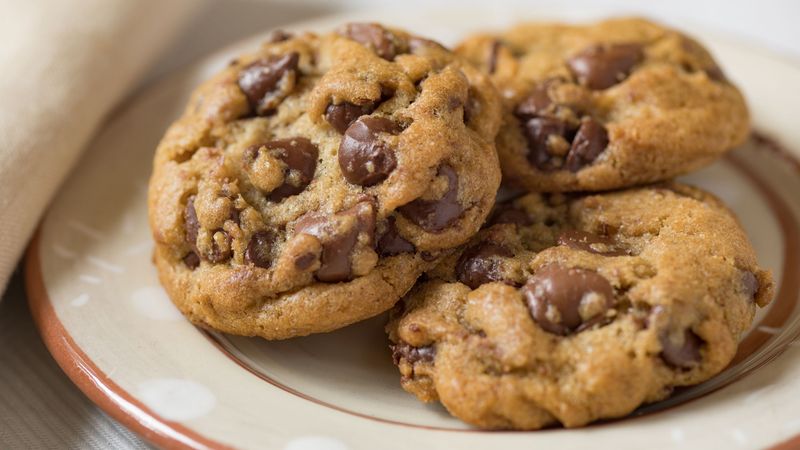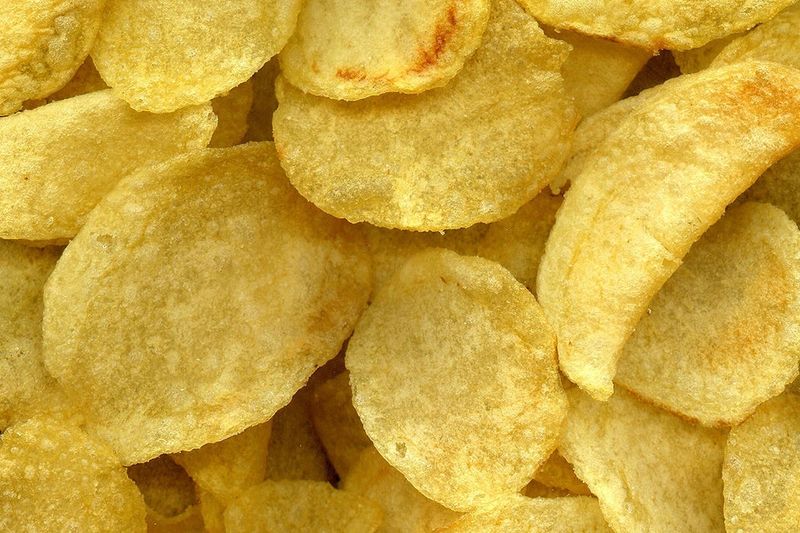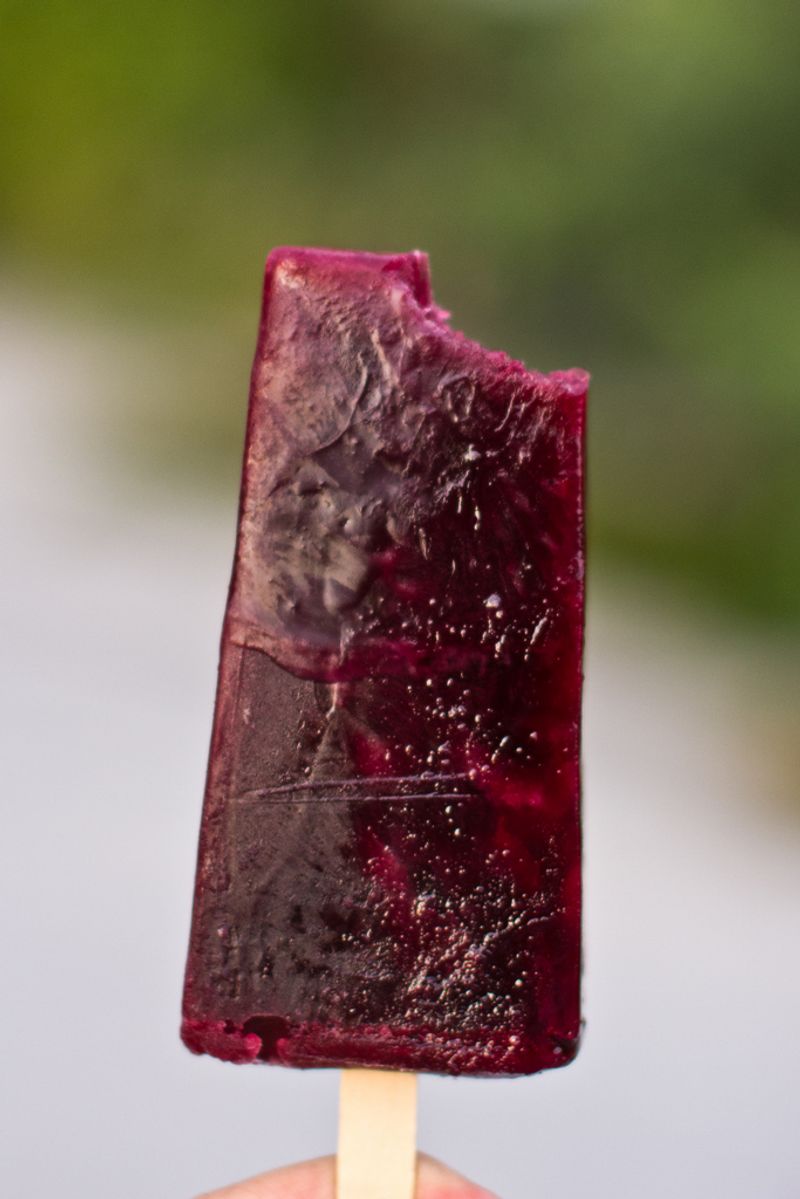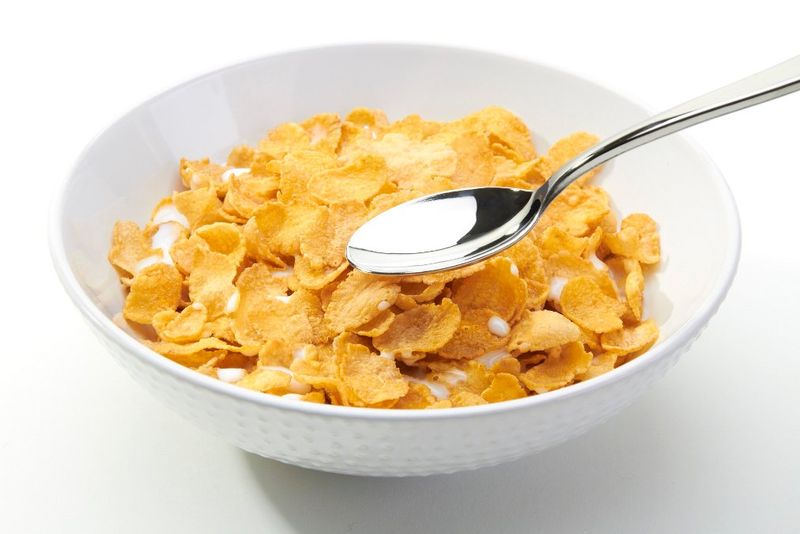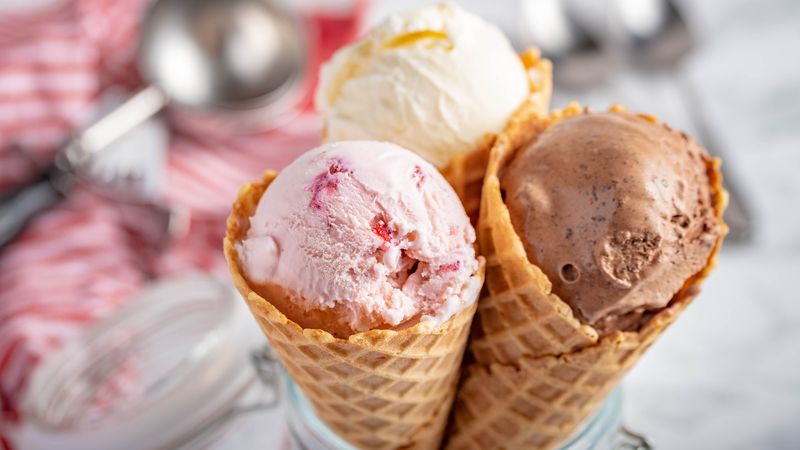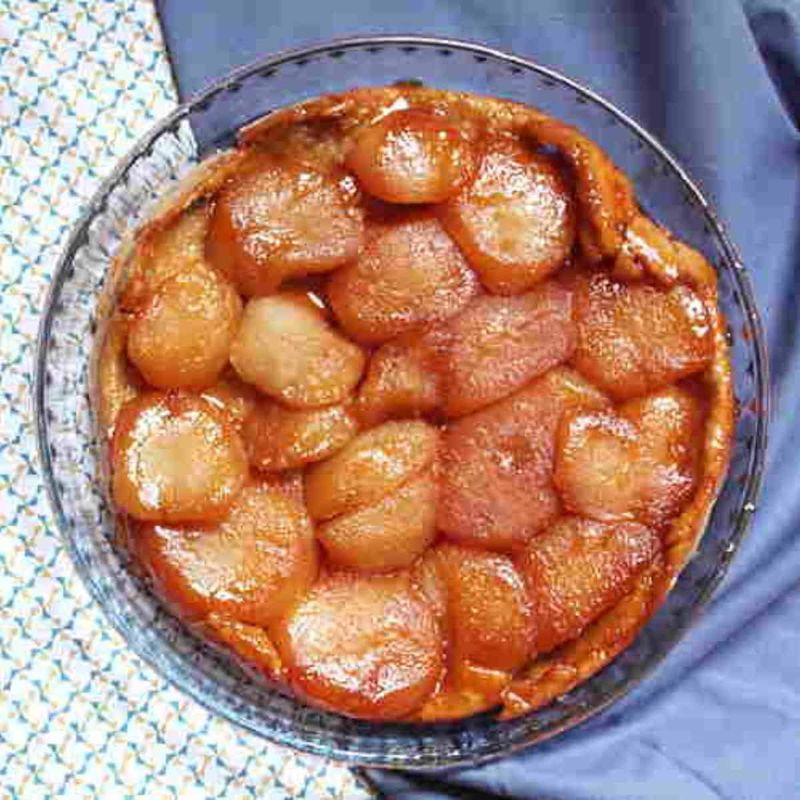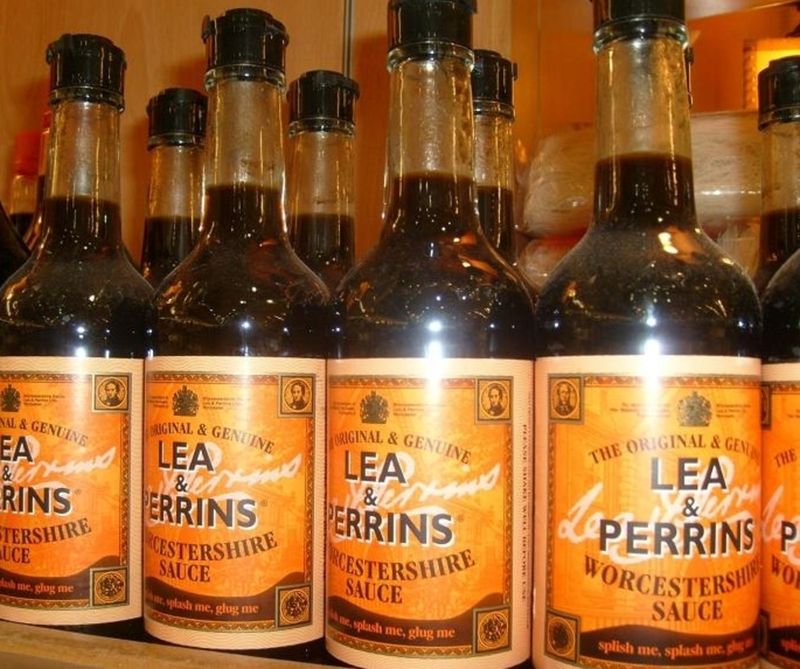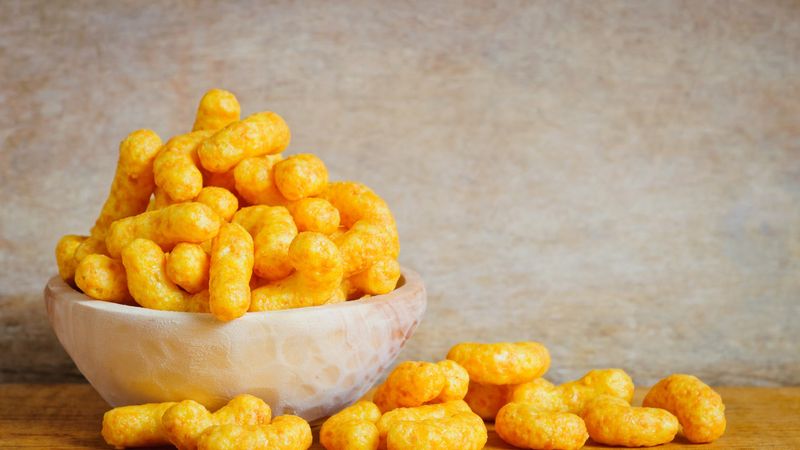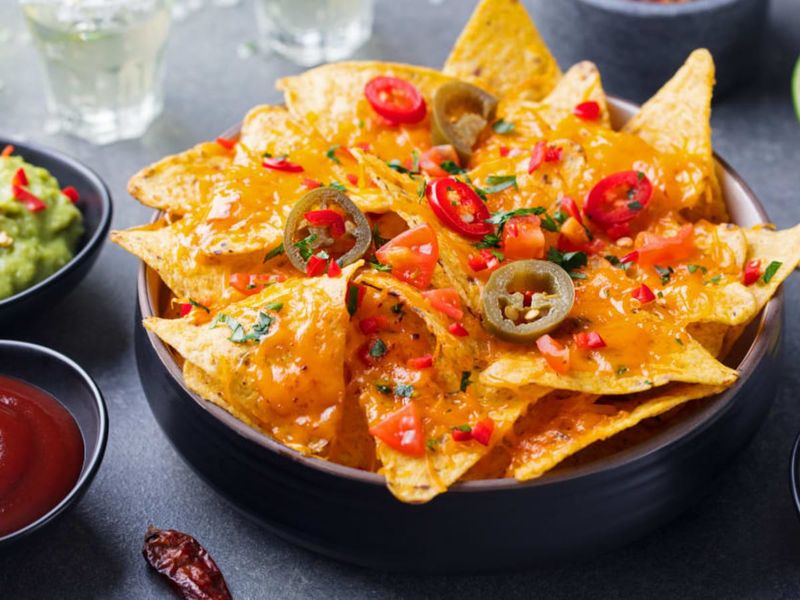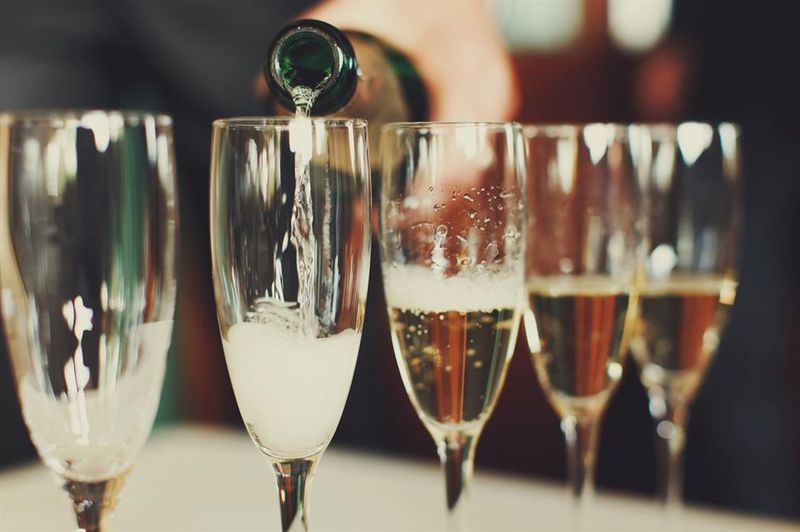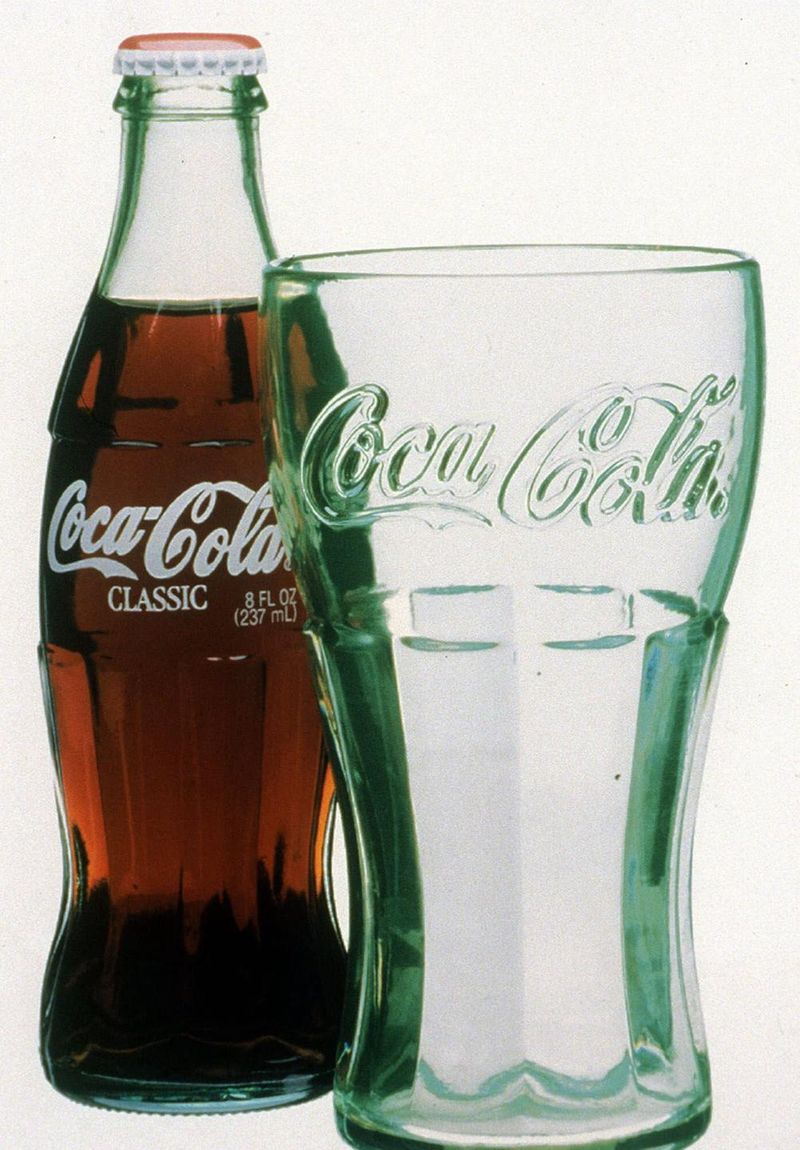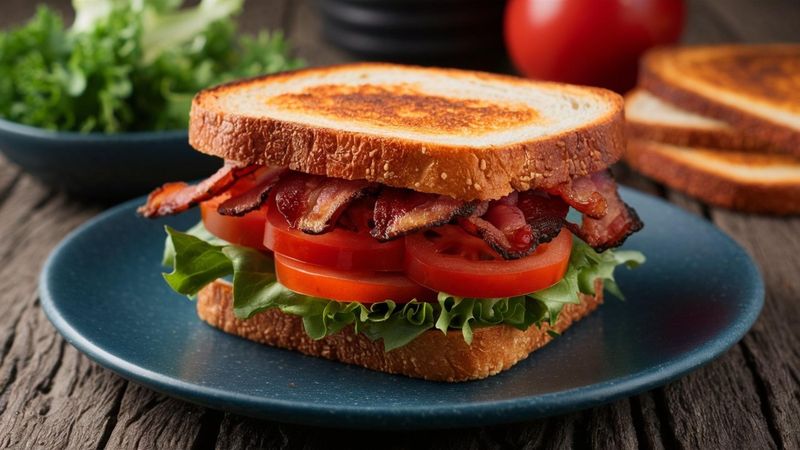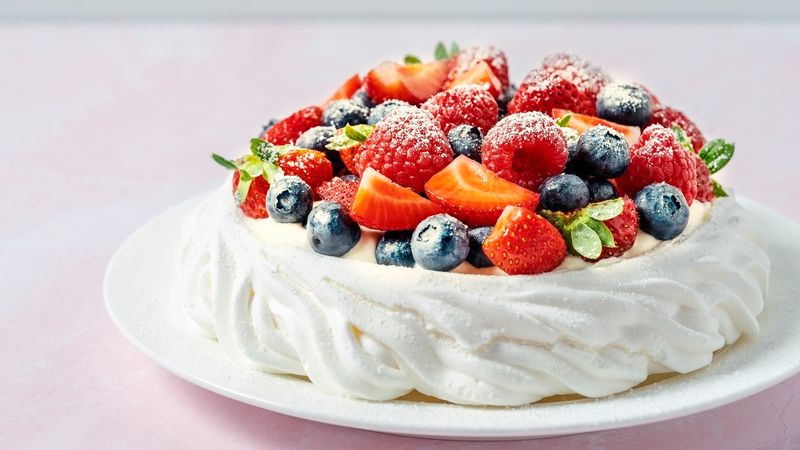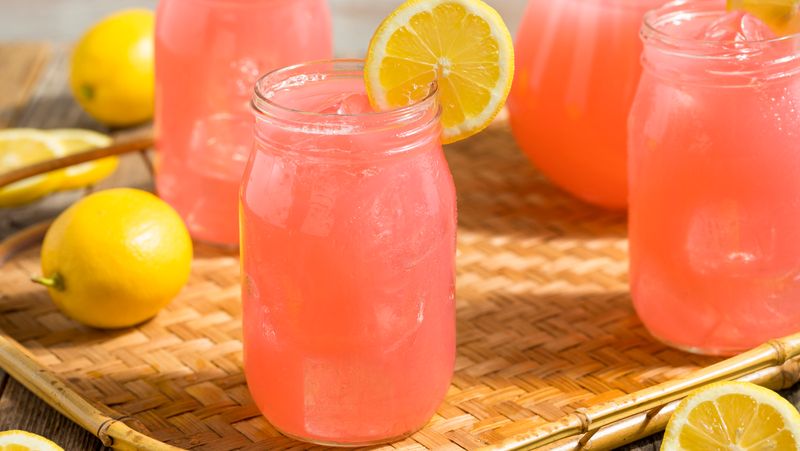Accidents don’t always spell disaster; sometimes, they lead to the creation of beloved global culinary delights. From the delightful crunch of potato chips to the refreshing chill of popsicles, accidental inventions have blessed our taste buds in ways we never imagined. Join us as we explore the quirky, surprising origins of 14 famous foods that were invented entirely by chance.
1. Chocolate Chip Cookies (1938)
Ruth Wakefield, co-owner of the Toll House Inn, found herself in a predicament in 1938. She ran out of baker’s chocolate while making cookies. In a creative twist, she substituted it with broken Nestlé chocolate bars, expecting them to melt. Instead, the chocolate chunks stayed intact, resulting in the first batch of chocolate chip cookies, a timeless dessert favorite.
2. Potato Chips (1853)
In 1853, Chef George Crum faced a particularly fussy customer at a Saratoga Springs restaurant. Tired of complaints about his fried potatoes being too thick, Crum sliced them paper-thin, fried them to a crisp, and served them out of spite. Much to his surprise, the customer loved them, giving birth to the iconic potato chip.
3. Popsicles (1905)
In 1905, young Frank Epperson unintentionally invented a summer staple. He left a mixture of powdered soda and water outside overnight with a wooden stirring stick. The morning revealed a frozen treat, which he initially called the “Epsicle.” This delightful accident was eventually renamed Popsicle, charming generations.
4. Corn Flakes (1894)
The Kellogg brothers, John and Will, were experimenting with boiled wheat in 1894. Leaving it out by accident, they found it had gone stale. When they rolled it out, it flaked instead of crumbling. Toasted to perfection, these flakes became the beloved breakfast cereal known as corn flakes.
5. Ice Cream Cones (1904)
During the 1904 St. Louis World’s Fair, an ice cream vendor ran out of serving dishes. Ernest Hamwi, a neighboring waffle stand owner, came to the rescue. He rolled his waffles into cone shapes to hold the ice cream, forever changing the way we enjoy this frozen delight.
6. Tarte Tatin (1898)
The Tatin sisters, Stéphanie and Caroline, stumbled upon a French classic in 1898. While making an apple pie, they accidentally over-caramelized the apples. In a bid to salvage it, they flipped the pie over, creating tarte Tatin—a delectable upside-down tart that tantalized taste buds worldwide.
7. Worcestershire Sauce (1830s)
In the 1830s, chemists John Lea and William Perrins tried to replicate an Indian sauce but found it unpalatable. Forgotten in a cellar, the concoction fermented over time. Upon rediscovery, the sauce had transformed into the savory Worcestershire sauce, a staple condiment in kitchens everywhere.
8. Cheese Puffs (1930s)
Cheese puffs were born in a Midwestern cornmeal factory in the 1930s when a machine malfunctioned. The wet cornmeal dough puffed up unexpectedly. A curious worker tasted the airy snack, added some cheese flavoring, and thus, the cheese puff was invented, delighting snack lovers ever since.
9. Nachos (1943)
In 1943, Ignacio “Nacho” Anaya, a maître d’ at a Mexican restaurant, faced a group of hungry military wives after hours. With limited ingredients, he melted cheese over tortilla chips and added jalapeños, inventing a quick dish that would become a global sensation—nachos.
10. Champagne (17th Century)
Champagne’s bubbly beginnings trace back to 17th-century French monks. They attempted to halt the fermentation of wine in winter, but the process resumed with the spring thaw. The resulting trapped carbon dioxide created delightful bubbles, thus introducing the world to champagne.
11. Coca-Cola (1886)
Pharmacist John Pemberton’s quest for a headache remedy in 1886 led to the creation of Coca-Cola. His assistant accidentally combined the syrup with carbonated water instead of regular water. This serendipitous mix resulted in the refreshing beverage that became a worldwide icon.
12. Sandwich (1762)
The sandwich owes its origin to the 18th-century gaming habits of John Montagu, the Earl of Sandwich. Engrossed in a game, he requested meat tucked between bread slices, allowing him to eat without pausing. This practical convenience transformed into the universally cherished meal staple we enjoy today.
13. Pavlova (1920s)
The pavlova dessert, named after the Russian ballerina Anna Pavlova, was born in the 1920s in either New Zealand or Australia. A chef inadvertently overbeat meringue, resulting in a dessert with a crunchy exterior and marshmallowy interior, captivating dessert lovers worldwide.
14. Pink Lemonade (1857)
In 1857, circus vendor Pete Conklin faced a water shortage and used pink-tinted laundry water from washed red tights. He marketed it as “strawberry lemonade,” and the charming color captured public fancy, resulting in the delightful drink known today as pink lemonade.
